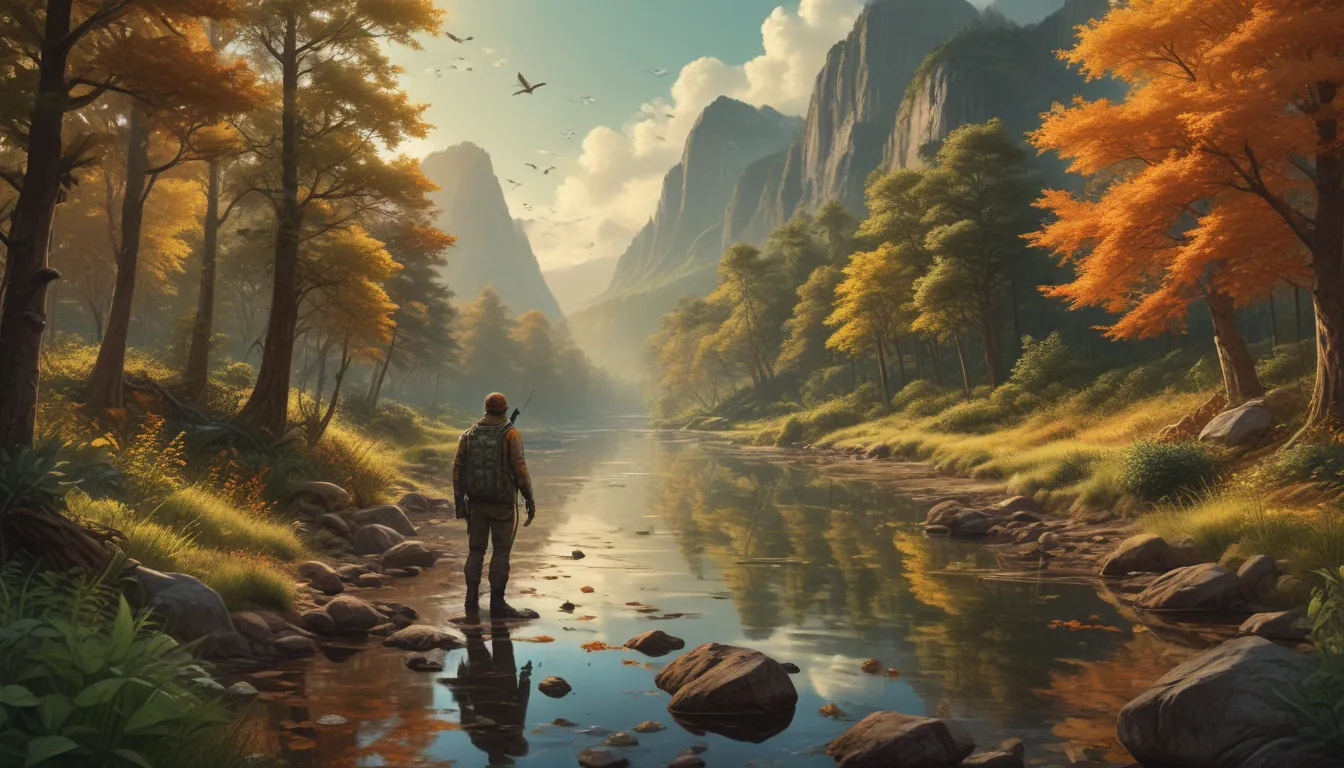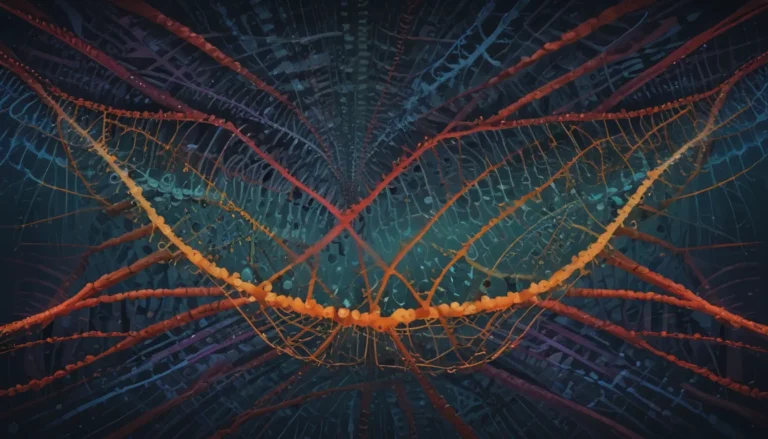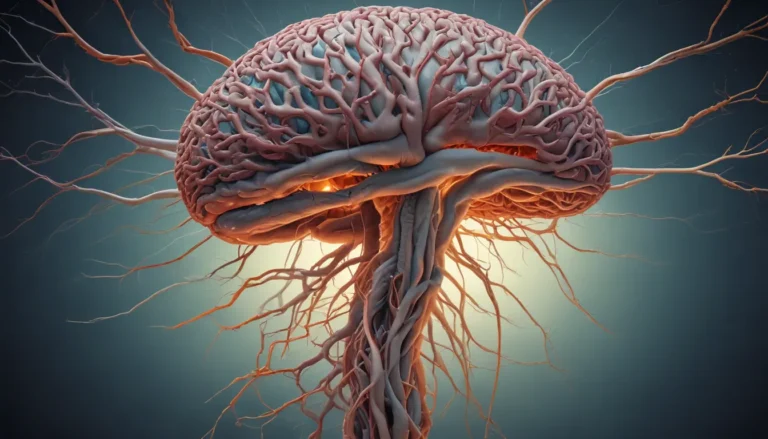A Note About Images: The images used in our articles are for illustration purposes only and may not exactly match the content. They are meant to engage readers, but the text should be relied upon for accurate information.
In today’s world, the impact of human activities on ecosystems is a pressing concern. As the global population expands, the influence on the natural world grows as well. From deforestation and pollution to climate change and habitat destruction, humans have significantly altered the delicate balance of ecosystems worldwide. In this article, we will delve into 20 surprising facts that shed light on how our actions have shaped the environment and affected the countless species that rely on these ecosystems for survival. Let’s explore the positive and negative impacts of human activities and the urgent need for sustainable practices to protect and restore these fragile ecosystems.
The Amazon Rainforest: Earth’s Lungs
The Amazon Rainforest is often referred to as the “lungs of the Earth” for good reason. This vast expanse of greenery produces 20% of the world’s oxygen and plays a critical role in regulating the global climate by absorbing carbon dioxide.
Plastic Pollution: A Threat to Marine Life
Plastic pollution poses a significant threat to marine life, with over 8 million tons of plastic entering the ocean annually. This pollution harms marine animals through ingestion and entanglement, disrupting marine ecosystems.
Extinction Crisis: Accelerated Loss of Species
The current rate of species extinction is 1,000 times higher than the natural background rate. Human activities such as deforestation and habitat destruction have led to the rapid loss of biodiversity worldwide.
Coral Bleaching: A Consequence of Climate Change
Climate change is driving coral bleaching as rising sea temperatures and ocean acidification cause coral reefs to lose their vibrant colors and become more vulnerable to disease, impacting marine ecosystems.
Overfishing: Depletion of Fish Populations
Irresponsible fishing practices have resulted in the decline of fish populations globally, disrupting marine ecosystems’ delicate balance and threatening marine biodiversity.
Urbanization: Fragmenting Wildlife Habitats
The expansion of cities and infrastructure fragments wildlife habitats, making it challenging for wildlife to find suitable areas to live and reproduce, leading to a loss of biodiversity.
Deforestation: Impact on Carbon Emissions
Deforestation contributes significantly to carbon emissions, releasing large amounts of carbon dioxide into the atmosphere and exacerbating climate change.
Agricultural Runoff: Polluting Water Bodies
The excessive use of fertilizers and pesticides in agriculture leads to runoff that contaminates rivers and lakes, harming aquatic life and disrupting aquatic ecosystems.
Air Pollution: Affecting Ecosystems
Air pollution not only impacts human health but also harms plants, animals, and microorganisms, leading to a reduction in biodiversity and ecosystem health.
Wetland Loss: Threatening Ecosystem Services
Human activities have resulted in the loss of half of the world’s wetlands, vital ecosystems that filter water and provide habitat for numerous species, highlighting the need for conservation.
Invasive Species: Disrupting Native Ecosystems
The introduction of invasive species can have devastating effects on native ecosystems by outcompeting native species, disrupting food chains, and altering ecosystem dynamics.
Disruption of Migratory Patterns: Climate Change
Climate change disrupts migratory patterns as changing temperatures and weather patterns affect the timing and routes of animal migrations, posing challenges for their survival.
Destruction of Coral Reefs: Human Impact
Human activities have led to the loss of 50% of the world’s coral reefs through pollution, overfishing, and rising sea temperatures, threatening marine biodiversity.
Noise Pollution: Impact on Wildlife
Noise pollution from human activities such as construction and transportation disrupts wildlife communication, feeding, and breeding behaviors, affecting ecosystem health.
Forest Loss: Affecting Biodiversity
Human activities have caused the destruction of 80% of the world’s forests for agriculture, logging, and urbanization, resulting in the loss of vital habitats and increased carbon emissions.
Climate Change and Natural Disasters: A Connection
Human-induced climate change is leading to more frequent and severe natural disasters such as hurricanes, droughts, and wildfires, impacting ecosystems and communities.
Ozone Depletion: Human Influence
Human activities have led to the depletion of the ozone layer through the release of ozone-depleting substances, increasing the risk of harmful UV radiation reaching the Earth’s surface.
Illegal Wildlife Trade: Threat to Species
Illegal wildlife trade driven by the demand for exotic pets, animal products, and traditional medicines is pushing many species towards extinction, highlighting the need for conservation efforts.
Ocean Acidification: Consequence of Carbon Emissions
Increased carbon dioxide emissions are acidifying the oceans, harming marine life, especially shell-forming organisms, and disrupting marine ecosystems.
Disruption of Natural Fire Regimes: Human Impact
Human activities are disrupting natural fire regimes in ecosystems, altering vegetation dynamics, ecosystem processes, and impacting wildlife negatively.
Conclusion: Sustainable Practices for a Brighter Future
Human impact on ecosystems is a complex issue that requires our attention and action. By understanding the key factors contributing to ecosystem degradation and implementing sustainable practices, we can mitigate the damage and promote the restoration of our natural world. Conservation efforts, renewable energy sources, and sustainable agriculture practices are essential for creating a more sustainable future.
Each individual plays a vital role in protecting and preserving our ecosystems. By adopting sustainable practices in our daily lives, supporting eco-friendly businesses, and advocating for conservation measures, we can collectively make a positive impact on the environment and create a brighter future for both humans and the natural world.
FAQs: Answering Your Questions
-
What is the biggest threat to ecosystems?
The biggest threat to ecosystems is human activity, including deforestation, pollution, habitat destruction, and climate change. -
How does pollution affect ecosystems?
Pollution can have devastating effects on ecosystems, leading to water and air pollution, soil degradation, and the loss of biodiversity. -
What are the consequences of overexploitation of resources?
Overexploitation of resources can deplete natural resources, disrupt the food chain, cause species extinction, and harm local communities dependent on these resources. -
How does climate change impact ecosystems?
Climate change alters temperature and precipitation patterns, leading to shifts in habitats, migration patterns of species, loss of biodiversity, and the spread of invasive species. -
What can individuals do to minimize their impact on ecosystems?
Individuals can make a difference by adopting sustainable practices such as reducing waste, conserving water and energy, supporting local and organic products, and raising awareness about the importance of protecting ecosystems.
Our planet faces numerous challenges, but with knowledge and action, we can make a difference. Explore the impact of urbanization on ecosystems, learn about invasive species’ role in altering habitats, and uncover the consequences of overfishing for marine life. Together, we can work towards a more sustainable future for all.






